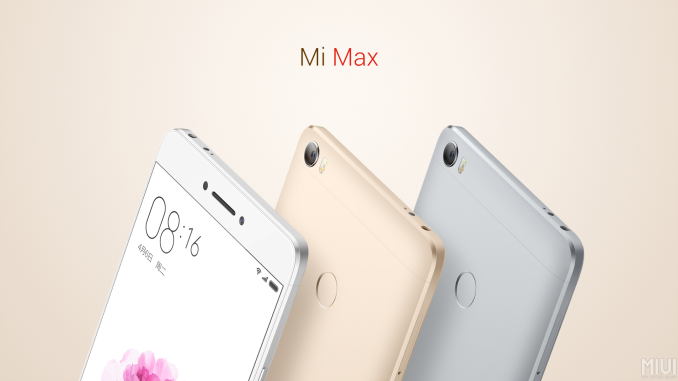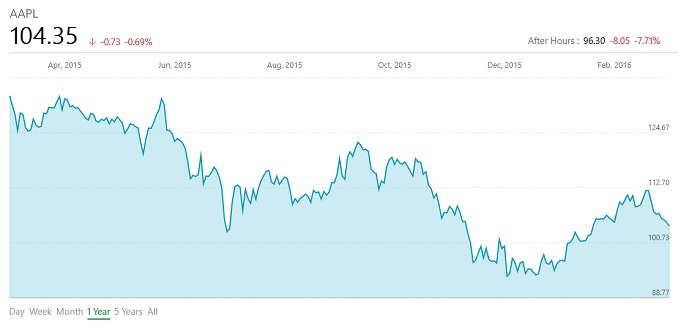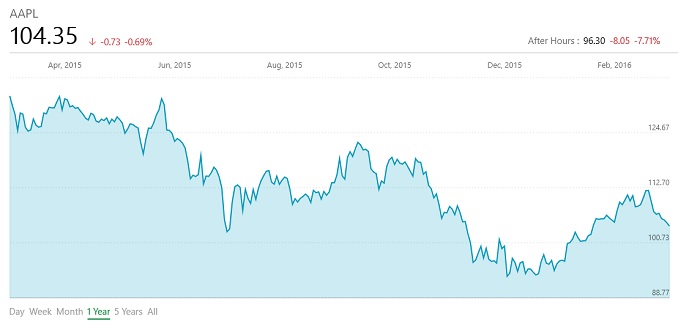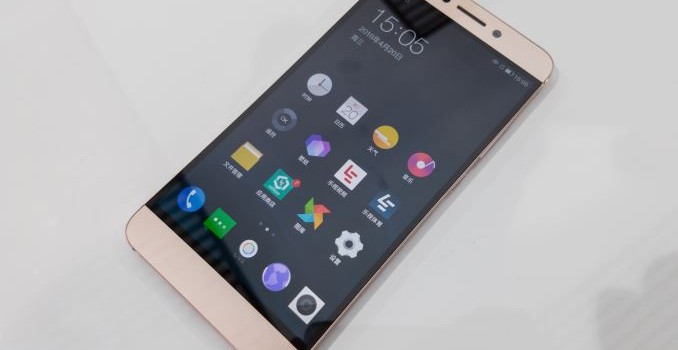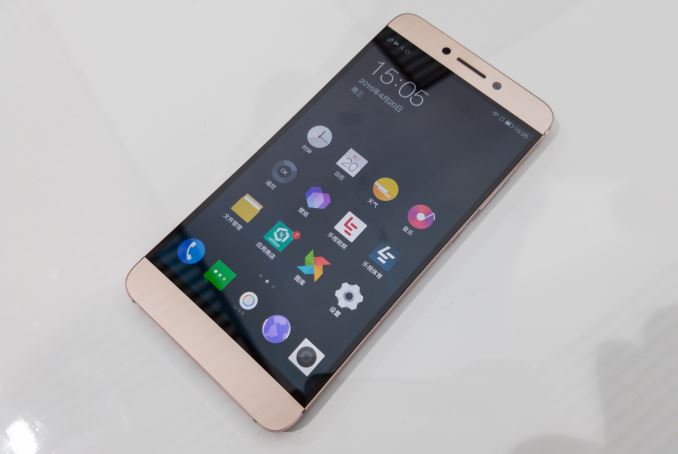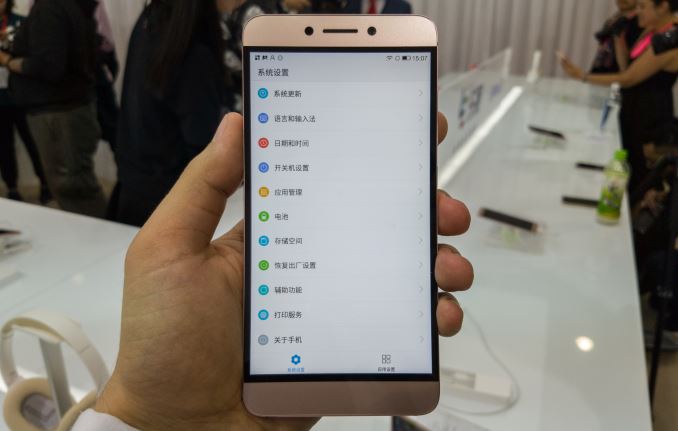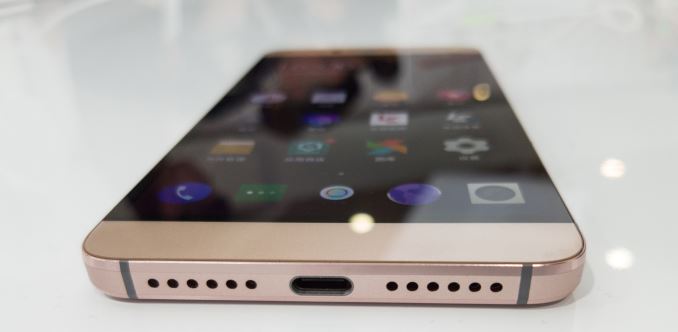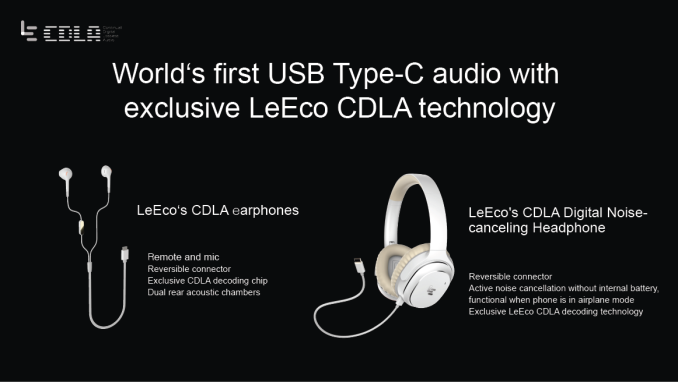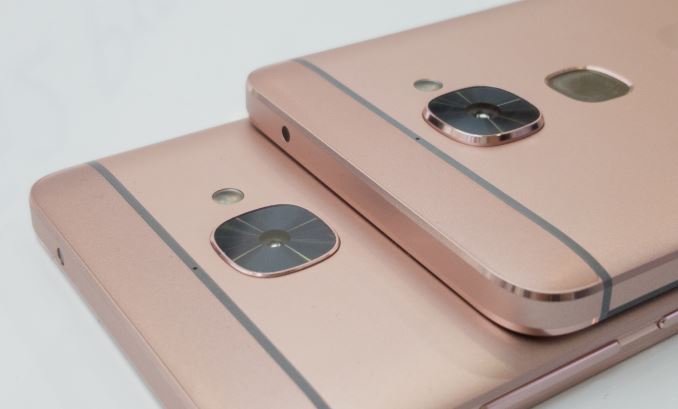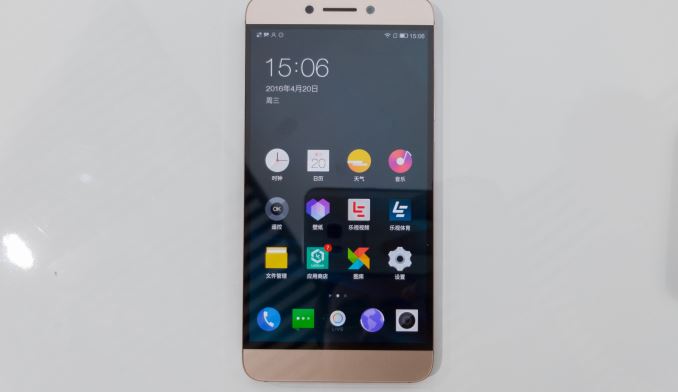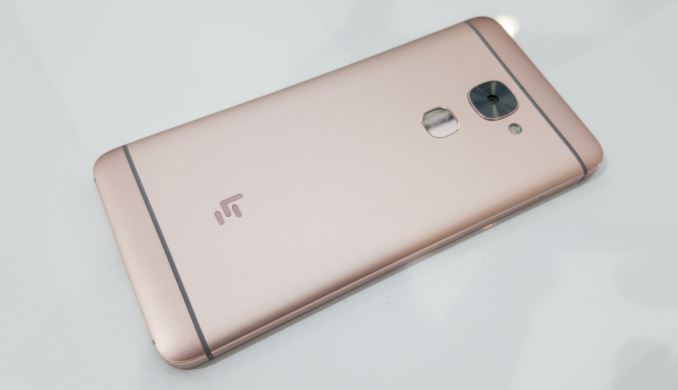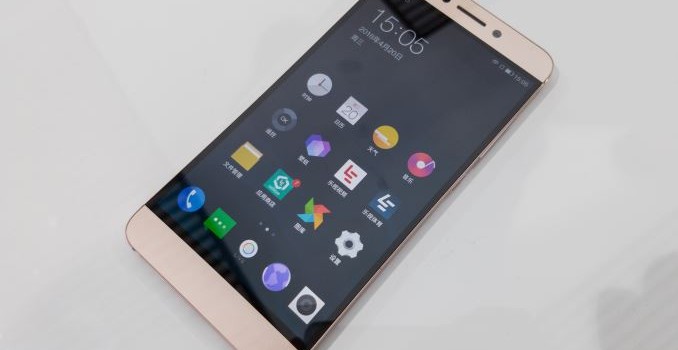Xiaomi Launches the Mi Max: $230-$310, 6.4-inch, 4850 mAh, 7.5mm, Dual SIM
After posting several teasers on the official twitter feed, Xiaomi has now announced a large battery, large screen ‘smartphone’ that blurs the line between 7-inch tablets and 6-inch smartphone. The Mi Max is a step above the previous Mi Note devices, trying to combine the pervasive ‘thin’ design in modern smartphones while also adding plenty of battery life. The only way to effectively do this is to add area, so the final result is a 6.4-inch device.
| Xiaomi Max vs Note | ||||
| Mi Max | Mi Note | |||
| Max | Max (Pro?) | Note | Note Pro | |
| SoC | Snapdragon 650 2xA72 @ 1.80 GHz 4xA53 @ 1.44 GHz |
Snapdragon 652 4xA72 @ 1.80 GHz 4xA53 @ 1.44 GHz |
Snapdragon 801 4x Krait 400 @ 2.50 GHz |
Snapdragon 810 4xA57 @ 2.0 GHz 4xA53 @ 1.5 GHz |
| GPU | Adreno 510 | Adreno 330 @ 578MHz |
Adreno 430 @ 600MHz |
|
| RAM + NAND | 3 GB + 32 GB | 4 GB + 128 GB 3 GB + 64 GB |
3 GB + 64 GB 3 GB + 16 GB |
4 GB + 64 GB |
| Display | 6.44-inch 1920×1080 IPS LCD |
5.7-inch 1920×1080 IPS LCD |
5.7-inch 2560×1440 IPS LCD |
|
| Network | Qualcomm X8 Category 7 |
Qualcomm Category 4 LTE |
Qualcomm X10 Category 6/9 LTE |
|
| Dimensions | 173.1 x 88.3 x 7.5 mm 203 grams |
155.1 x 77.6 x 6.95 mm 161 grams |
||
| Camera | 16MP PDAF rear camera
5MP 85º wide-angle front |
13MP Sony IMX214 rear camera, 1.12 µm pixels, 1/3.06″ CMOS size, F/2.0. OIS 4MP F/2.0 FFC OmniVision OV4688 |
||
| Battery | 4850 mAh Li-Ion |
3000 mAh (11.4 Wh) replaceable |
3090 mAh (11.74 Wh) replaceable |
|
| OS | Android 6.0 MIUI 7 ? |
Android 4.4 MIUI 6 |
Android 5.0 MIUI 6 |
|
| Connectivity | 802.11ac + BT 4.2, USB2.0, GPS/GNSS WiFi Display |
802.11ac + BT 4.1, USB2.0, GPS/GNSS WiFi Display |
||
| SIM Size | 2 x NanoSIM +MicroSD Share |
1x NanoSIM 1x MicroSIM |
||
| Launch Price | 1999 RMB for S652 + 128GB (~$310) 1699 RMB for S652 + 64GB (~$260) 1499 RMB for S650 + 32GB (~$230) |
3000 RMB for Note Pro + 64GB (~$470) 2800 RMB for Note + 64GB (~$439) 2300 RMB for Note + 16GB (~$360) |
||
The phablet will be offered in three models, similar to the Mi 5. The low-end model, coming it at an equivalent of $230, will feature a base Snapdragon 650 with 3GB of DRAM and 32GB of storage. Moving up the chain changes the SoC to the 652 and doubles the storage. The best version tops out at 4GB of DRAM and 128GB of storage, and all three allow installation of a 128GB microSD card in place of one of the SIM cards.
The Snapdragon 650 and 652 are renamed models of the 618 and 620 respectively, as we reported in December. The two SoCs differ in the number of A72 cores – the 650 is a ‘six-core’ part, featuring dual ARM Cortex A72 cores at 1.8 GHz and quad ARM Cortex A53 cores at 1.44 GHz in a big.LITTLE configuration, whereas the 652 has quad-A72 cores at the same frequency. These parts have an 3 or 4GB of DRAM (in an LPDDR3 memory interface we assume), along with Adreno 510 graphics. In the Mi Max, this powers the 6.44-inch display running at a Full HD (1920×1080) resolution, which comes to a 74.8% screen-to-body ratio.
The SoCs use Qualcomm’s integrated X8 LTE modem, rated at category 7, and supports dual 20 MHz carrier aggregation. The Mi Max will support dual 4G SIM cards (one slot also supports microSD), a rear based fingerprint sensor, a 16MP PDAF rear camera and a 5MP front camera with an 85º wide-angle lens. The device weighs in at 203g, which as a whole is not too dissimilar from the 6-inch HTC One Max.
Other features include Quick Charge 3.0 (rated at 83% in 30 minutes), active noise cancellation and 802.11ac, but USB is only at 2.0 speeds. Black, White and Gold colors are to be released, although release dates outside of China are unknown at this point.
Xiaomi Announces MIUI 8.0
With Xiaomi devices, the default OS uses their custom Mi User Interface (MIUI), and as part of the announcement today version 8.0 is soon to be available to Chinese users who sign up to the beta program. Mi 2/2S/3/4/4C/4S/5/Max and Redmi/Mi Note devices are supported, with beta testing starting on June 1st. MIUI 8.0 will include a new power saving mode that freezes background activity, multi-window management, fingerprint security for notes, a bundled QR and barcode scanner, a mathematics solver included, an updated camera and gallery software, and a base Chinese font redesign.


